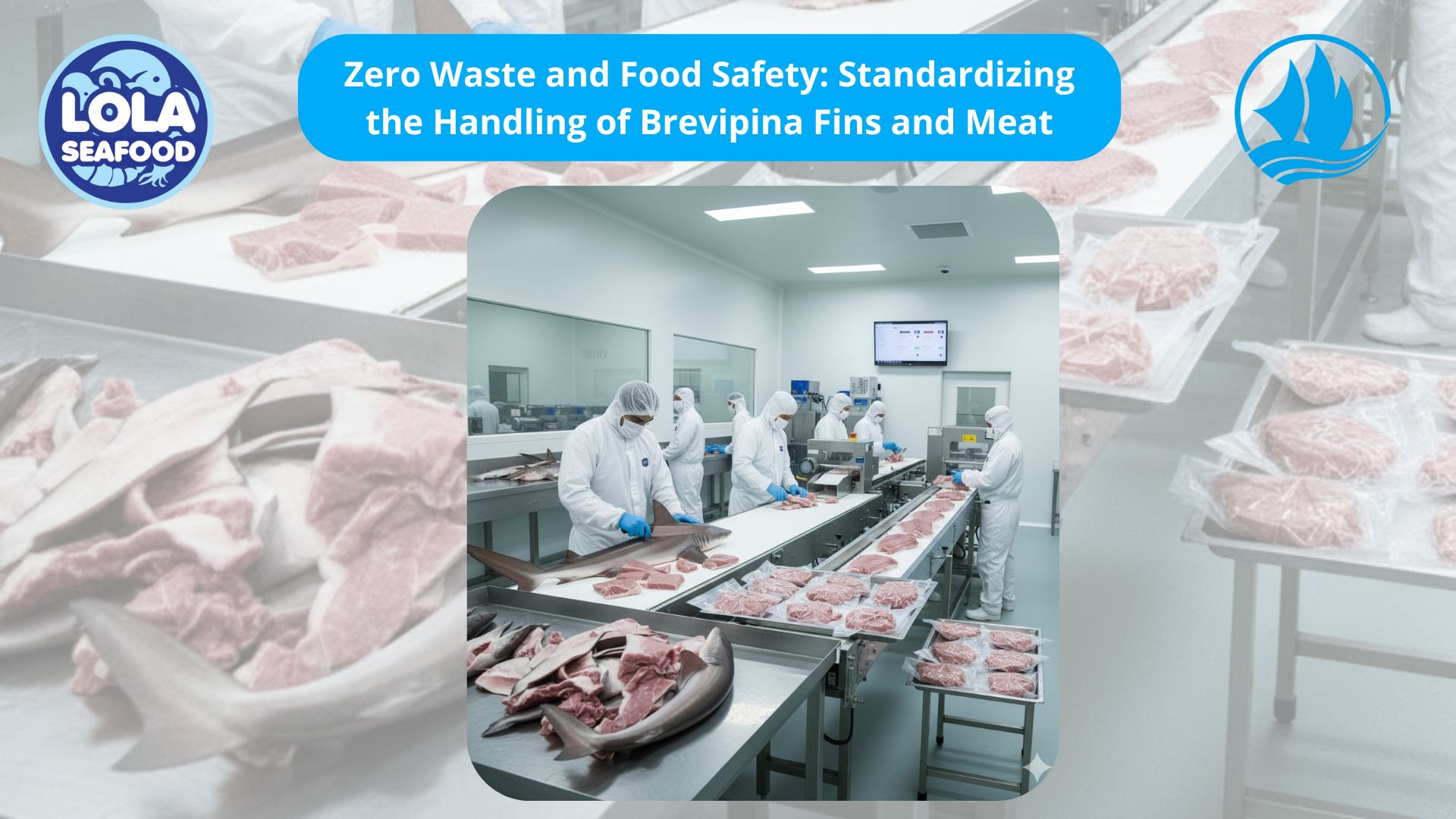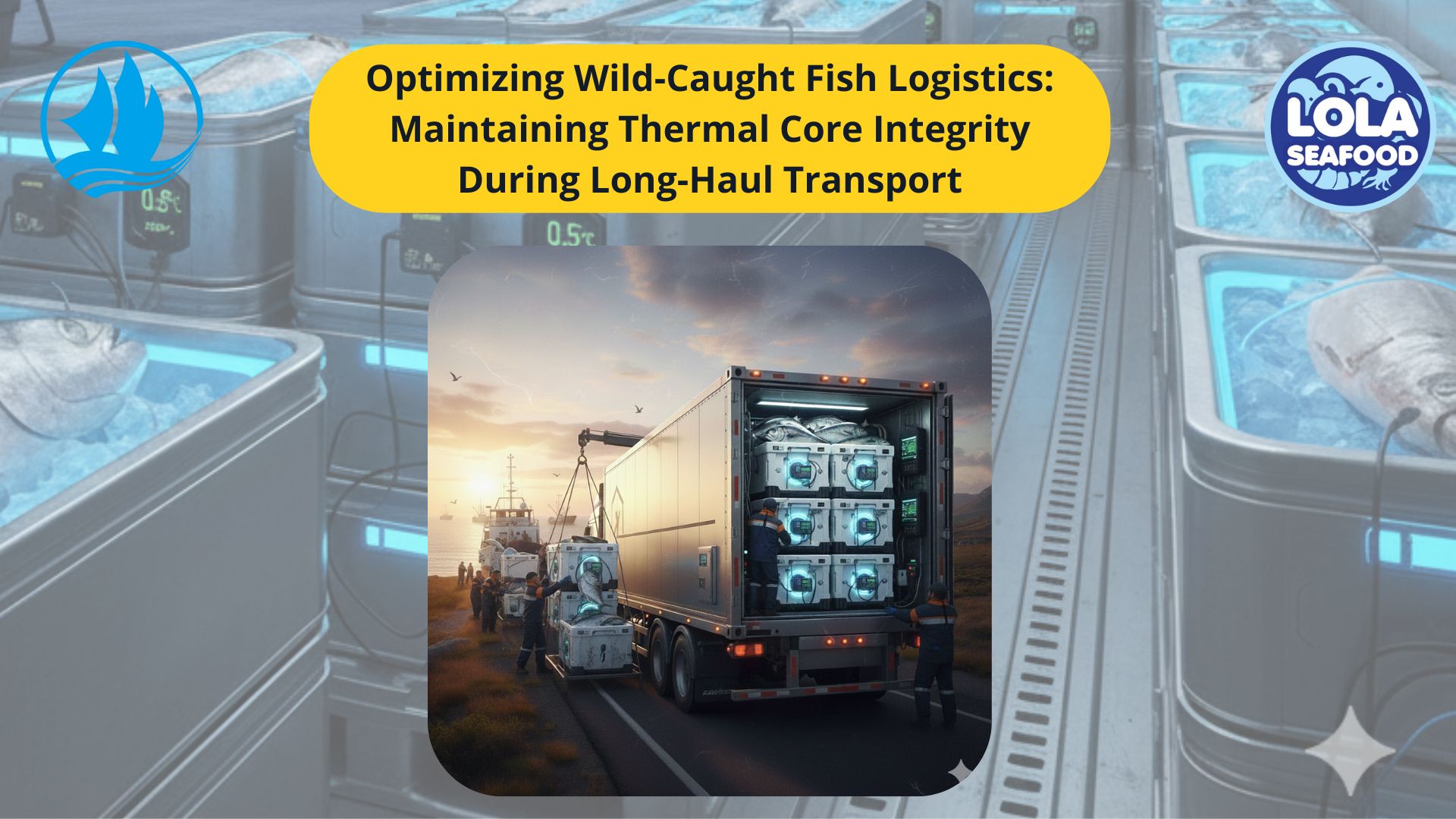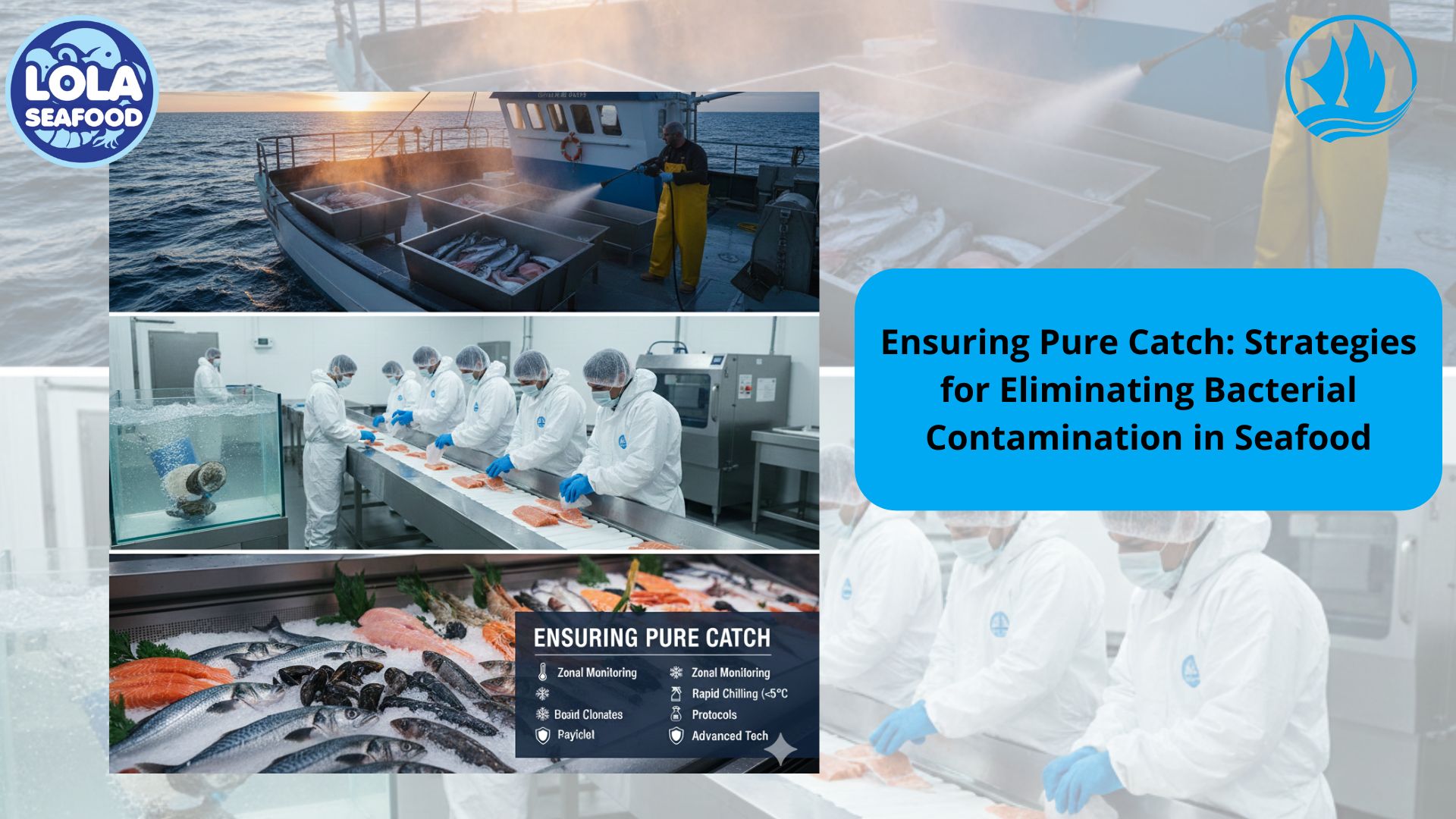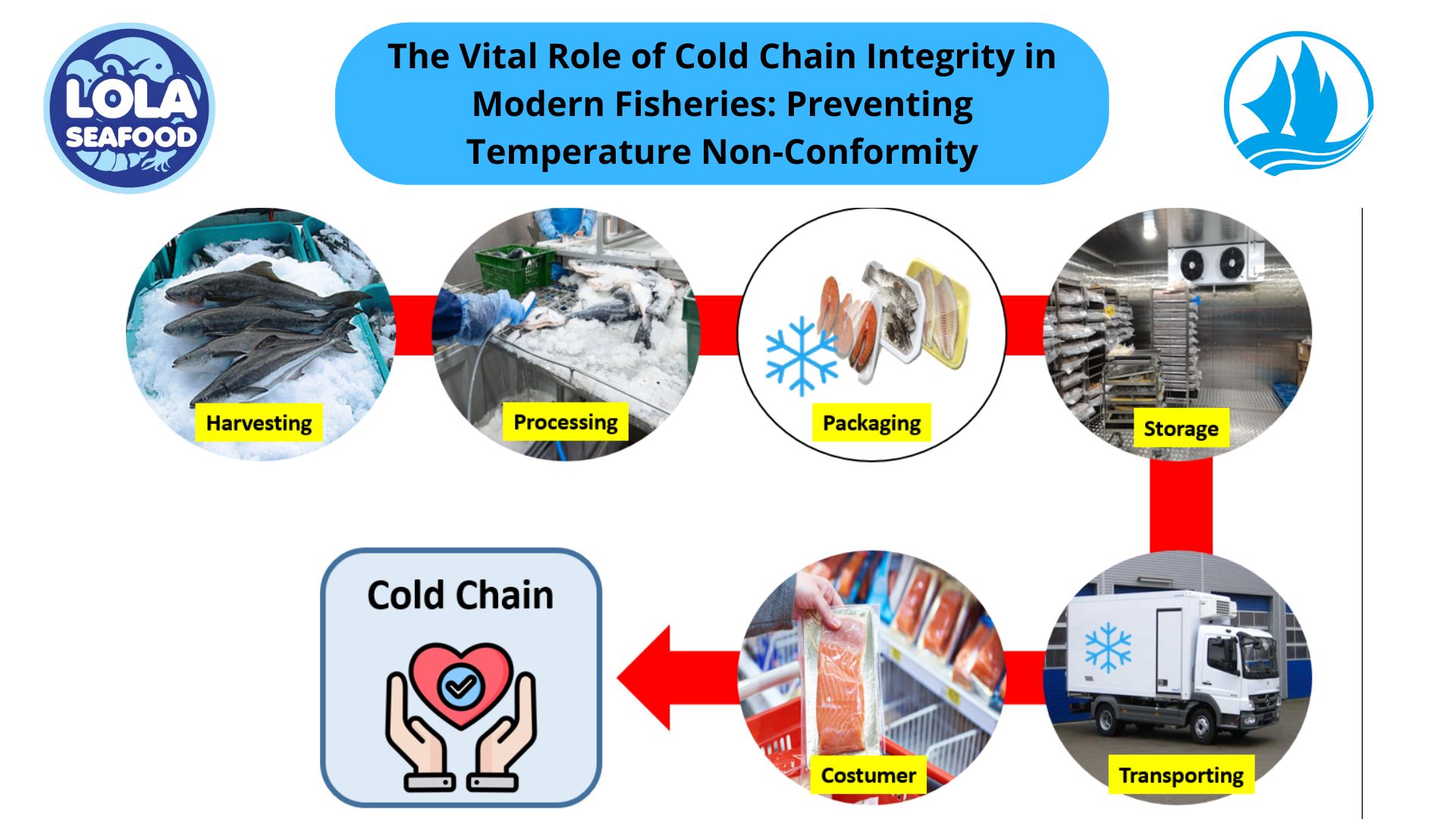Strengthening Food Security in Seafood: Building a Resilient Future
By. Najih - 11 Sep 2025.jpg)
Kelolalaut.com Seafood is one of the most important sources of protein worldwide, providing vital nutrition to billions of people. For coastal communities, it is more than just food—it is a way of life and a major economic driver. However, the growing global demand for seafood, combined with environmental pressures and supply chain vulnerabilities, poses significant challenges to ensuring that seafood remains available, accessible, and safe for everyone.
Strengthening food security in seafood means building resilience into the system so it can withstand disruptions while continuing to provide reliable, nutritious products. This requires coordinated action across multiple levels, from fishermen and farmers to governments and global organizations.
Sustainable Fishing Practices
The foundation of seafood security lies in the sustainability of wild fish populations. Overfishing depletes stocks and threatens the long-term viability of marine ecosystems. To address this, governments and fisheries must work together to implement science-based quotas that limit catches to sustainable levels.
Protecting breeding areas, reducing bycatch, and enforcing seasonal restrictions are equally important steps. Sustainable fishing not only helps maintain healthy populations but also supports the livelihoods of fishing communities that rely on these resources. Consumers can also play a role by choosing seafood certified by programs such as the Marine Stewardship Council (MSC), which verify that products come from responsibly managed fisheries.
Aquaculture Development
Aquaculture—fish farming—has become a powerful tool for boosting seafood availability and reducing pressure on wild fisheries. When managed responsibly, aquaculture can provide a steady supply of fish and shellfish year-round, helping stabilize prices and meet rising demand. However, poorly managed fish farms can contribute to pollution, disease outbreaks, and habitat destruction. Strengthening food security through aquaculture means adopting best practices: maintaining water quality, preventing the overuse of antibiotics, and minimizing impacts on surrounding ecosystems. Responsible aquaculture ensures that growth in production does not come at the expense of environmental health.
Cold Chain and Storage Improvements
Seafood is highly perishable, and any break in temperature control can lead to spoilage and foodborne illness. A strong cold chain system—from the moment the fish is caught until it reaches the consumer—is essential for both safety and supply consistency. Investments in modern storage facilities, insulated transport, and temperature monitoring technologies help reduce waste and improve quality. By maintaining proper conditions, businesses can deliver fresher products to market, protect consumer health, and reduce economic losses caused by spoiled inventory.
Traceability and Transparency
In a global seafood supply chain, knowing where a product came from and how it was handled is critical. Traceability systems track seafood from its point of origin to the end consumer, creating a digital record that ensures authenticity and quality. This transparency has multiple benefits: it prevents seafood fraud and mislabeling, enables rapid product recalls when safety issues arise, and builds consumer trust. Modern tools like blockchain and QR codes are making traceability more efficient and accessible, giving buyers confidence that they are purchasing safe, responsibly sourced seafood.
Global Collaboration
Many fish stocks are shared across borders, meaning that no single country can manage them alone. International collaboration is crucial to addressing illegal, unreported, and unregulated (IUU) fishing, which undermines sustainability and harms honest fishers. Global agreements, such as those facilitated by the Food and Agriculture Organization (FAO), promote fair trade practices and joint management of fisheries. Sharing research, technology, and best practices allows nations to collectively safeguard seafood resources for future generations.
Strengthening food security in seafood is not a single action but a comprehensive effort that combines sustainability, technology, and cooperation. By promoting responsible fishing, expanding well-managed aquaculture, investing in cold chain infrastructure, ensuring traceability, and fostering international collaboration, we can create a seafood supply chain that is resilient, reliable, and ready for the future. For consumers, supporting sustainable choices and reducing waste are simple yet powerful ways to contribute. Together, these steps help secure seafood as a nutritious, safe, and accessible food source for generations to come.
If you are interested in our Emperor Grass Whole Round / Whole Gilled Gutted Scaled , Emperor Red Spot Whole Round / Whole Gilled Gutted Scaled , Emperor Whole Round / Whole Gilled Gutted Scaled , Emperor Fillet Skin On And Emperor Fillet Skin Less please do not hesitate to contact us through email and/or Whatsapp
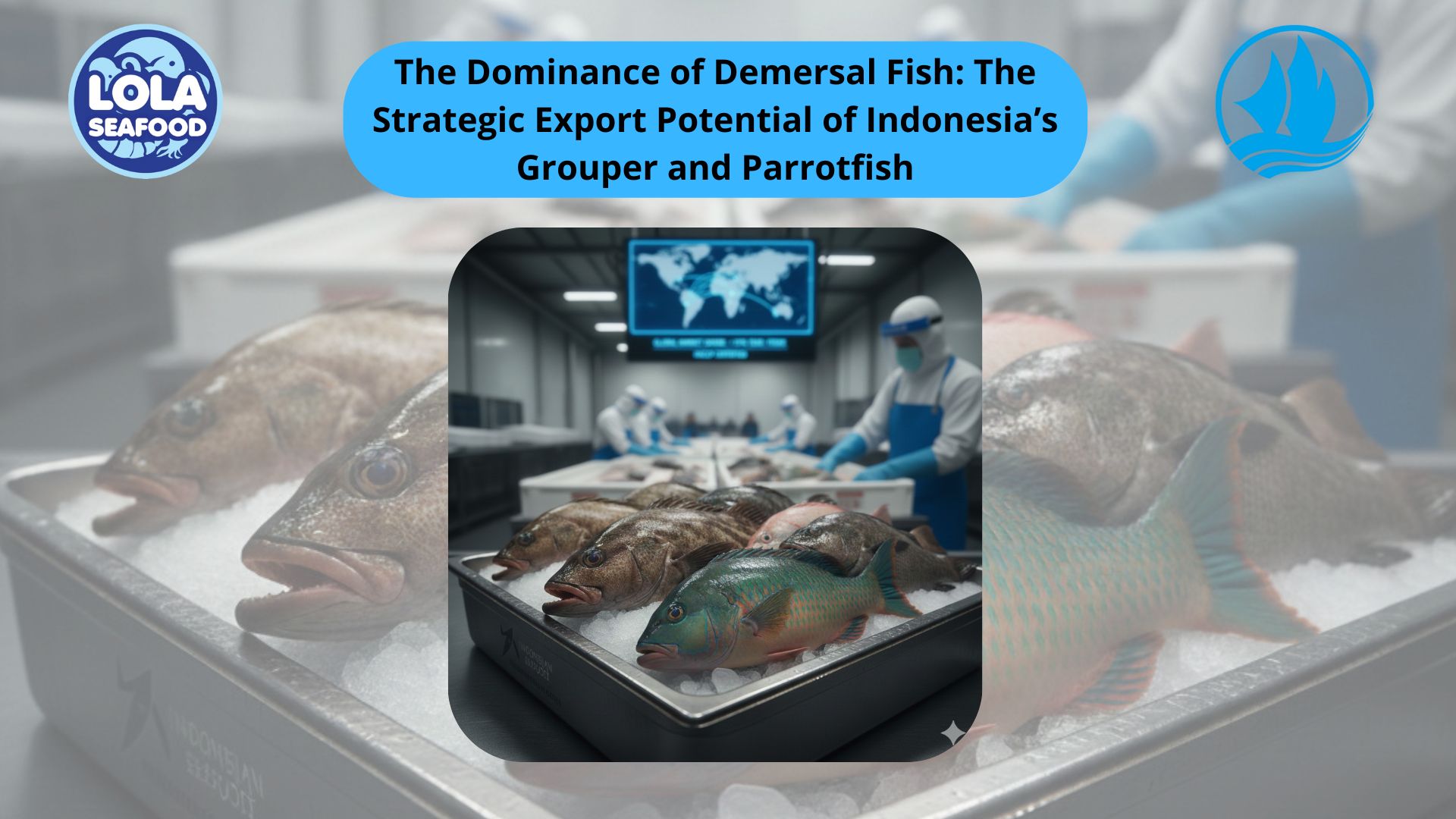
The Dominance of Demersal Fish: The Strategic Export Potential of Indonesia’s Grouper and Parrotfish
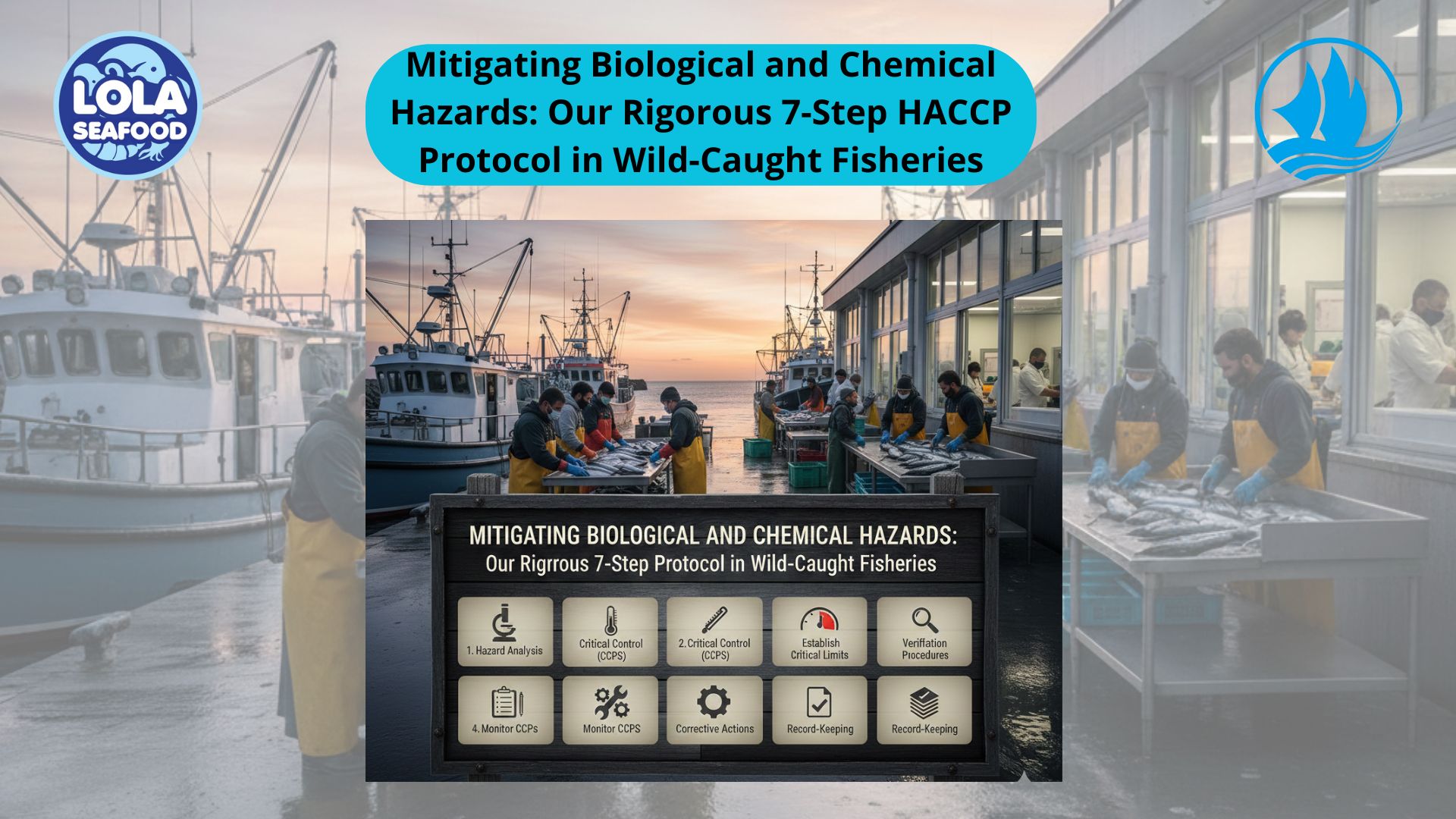
Mitigating Biological and Chemical Hazards: Our Rigorous 7-Step HACCP Protocol in Wild-Caught Fisheries
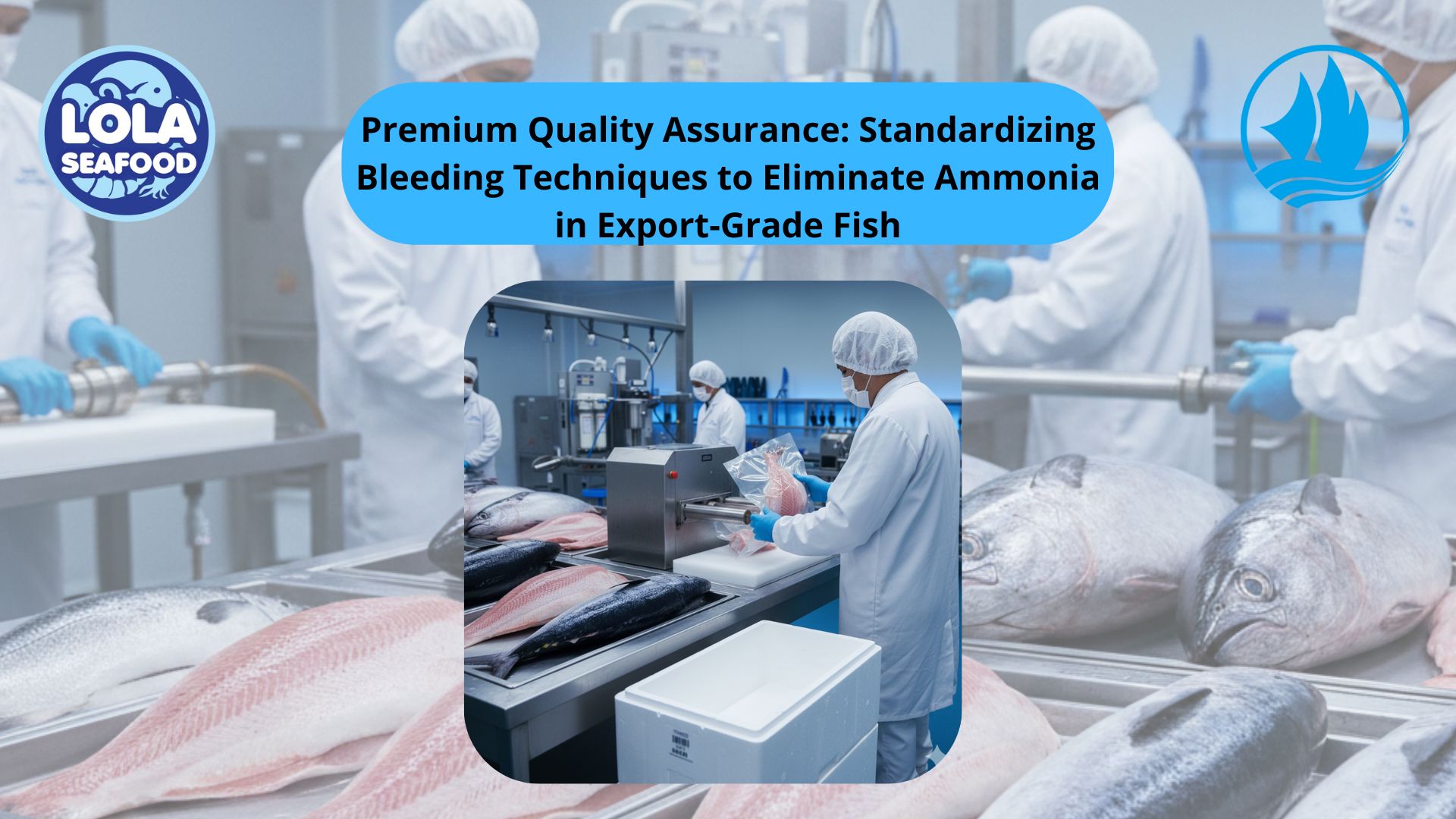
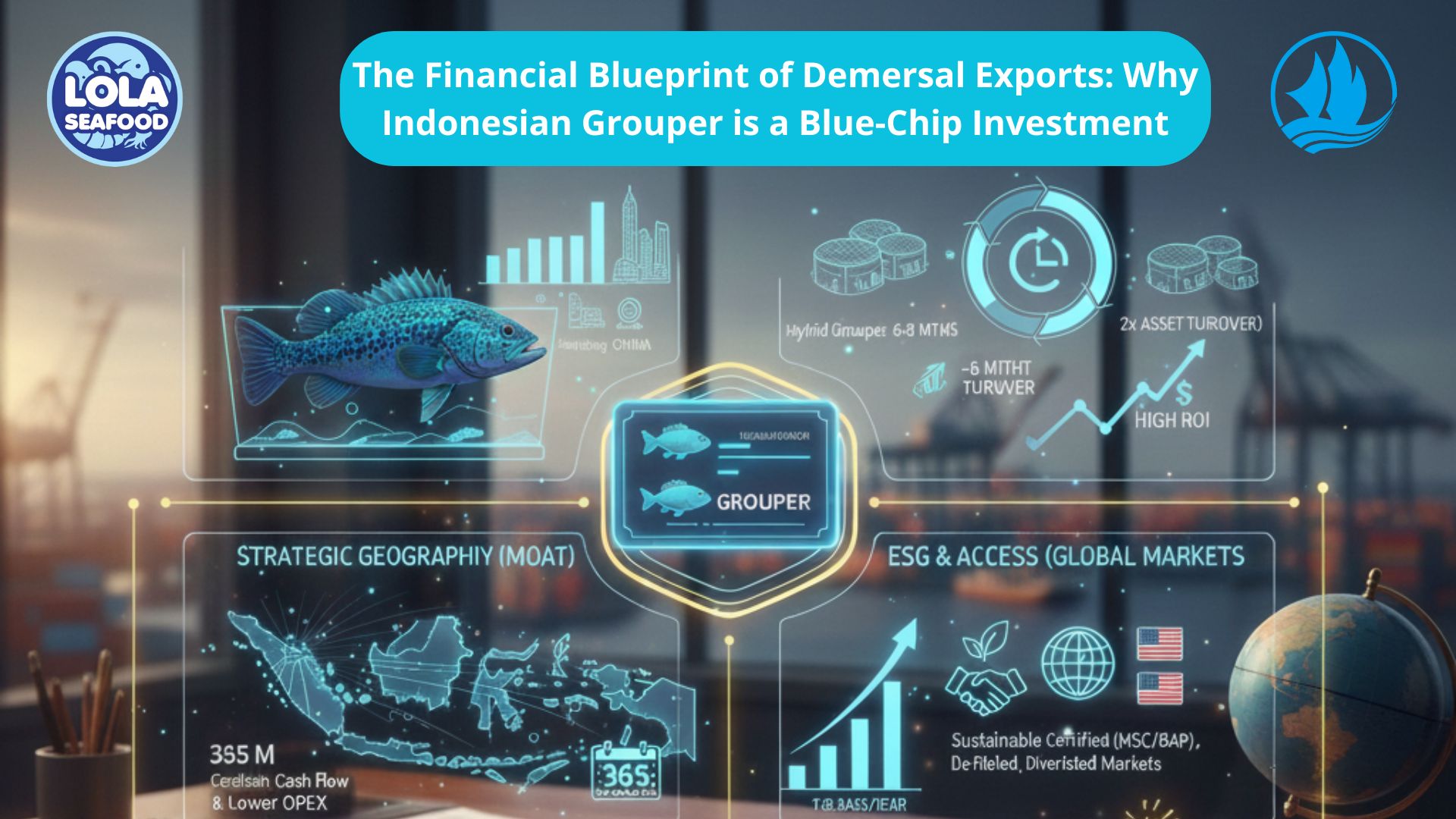
.jpg)
